Nationality United States Institutions Caltech | Name Barry Barish Fields Physics | |
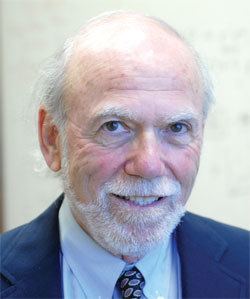 | ||
Institution | ||
Barry barish
Barry Clark Barish (born January 27, 1936) is an American experimental physicist. He is a Linde Professor of Physics, emeritus at California Institute of Technology. He is a leading expert on gravitational waves.
Contents
- Barry barish
- Barry barish on the shoulders of giants
- Birth and education
- Research
- Honors and awards
- References
In 2017, Barish was awarded the Nobel Prize in Physics along with Rainer Weiss and Kip Thorne "for decisive contributions to the LIGO detector and the observation of gravitational waves".
Barry barish on the shoulders of giants
Birth and education
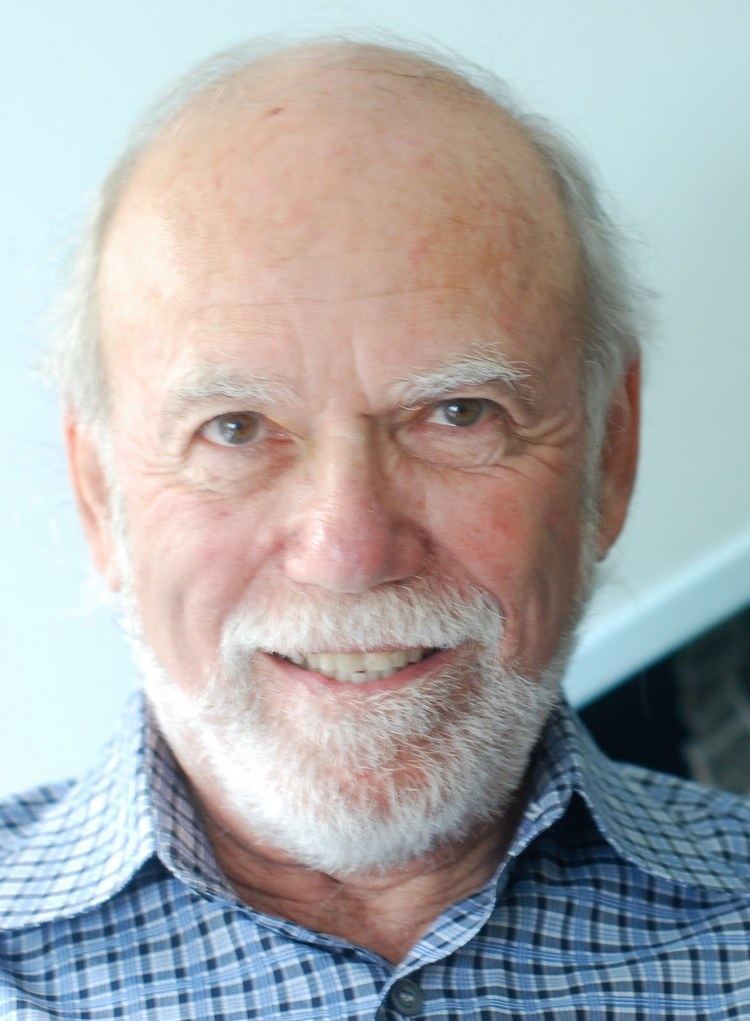
Barry C. Barish was born in Omaha, Nebraska, grew up in southern California, and attended high school in Los Angeles. He earned his B.A. in physics (1957) and his Ph.D. in experimental high energy physics (1962) at the University of California, Berkeley. He joined Caltech in 1963 as part of a new experimental effort in particle physics using frontier particle accelerators at the national laboratories.
Research
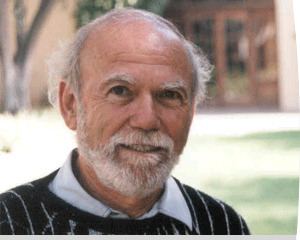
Barish became the principal investigator of the Laser Interferometer Gravitational-wave Observatory (LIGO) in 1994 and director in 1997. He led the effort through the approval of funding by the NSF National Science Board in 1994, the construction and commissioning of the LIGO interferometers in Livingston, LA and Hanford, WA in 1997. He created the LIGO Scientific Collaboration, which now numbers more than 1000 collaborators worldwide to carry out the science.
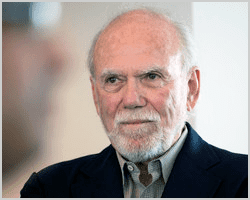
The initial LIGO detectors reached design sensitivity and set many limits on astrophysical sources. The Advanced LIGO proposal was developed while Barish was director, and he has continued to play a leading role in LIGO and Advanced LIGO. The first detection of the merger of two 30 solar mass black holes was made on Sept. 14, 2015. This represents the first direct detection of gravitational waves since they were predicted by Einstein in 1916 and the first ever observation of the merger of a pair of black holes. Barish delivered the first presentation on this discovery to a scientific audience at CERN on Feb 11, 2016, simultaneously with the public announcement.
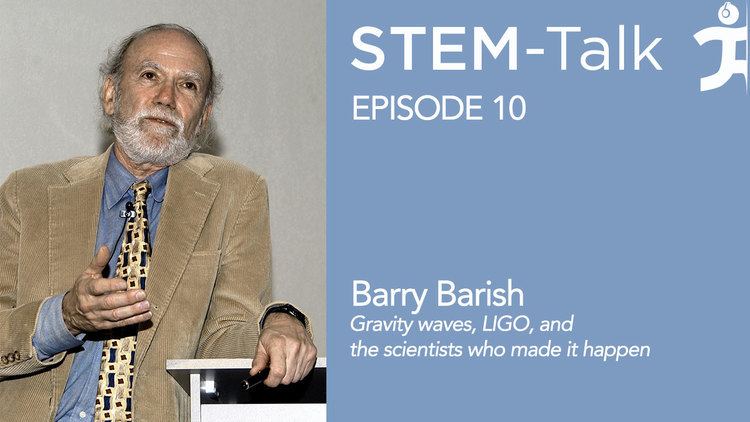
Barish's other noteworthy experiments were those performed at Fermilab using high-energy neutrino collisions to reveal the quark substructure of the nucleon. These experiments were among the first to observe the weak neutral current, a linchpin of the electroweak unification theories of Glashow, Salam, and Weinberg.

In the 1980s, Barish initiated an ambitious international effort to build a sophisticated underground detector to search for the magnetic monopole and solve other problems in the emerging area of particle astrophysics. Experiments conducted underground in the Gran Sasso Tunnel in Italy provided some of the key evidence that neutrinos have mass. In 1991, Barish was named the Maxine and Ronald Linde Professor of Physics at Caltech.
Barry Barish is former Director of the [Global Design Effort] for the International Linear Collider (ILC) and Linde Professor of Physics, Emeritus at the California Institute of Technology. The ILC is the highest priority future project for particle physics worldwide, as it promises to complement the Large Hadron Collider at CERN in exploring the TeV energy scale. This ambitious effort is being uniquely coordinated worldwide, representing a major step in international collaborations going from conception to design to implementation for large scale projects in physics.
From 2001 to 2002, Barish served as co-chair of the High Energy Physics Advisory Panel subpanel that developed a long-range plan for U.S. high energy physics. He has chaired the Commission of Particles and Fields and the U.S. Liaison committee to the International Union of Pure and Applied Physics (IUPAP). In 2002 he chaired the NRC Board of Physics and Astronomy Neutrino Facilities Assessment Committee. Report "Neutrinos and Beyond".
Honors and awards
Barish has been elected to:
In 2002, he received the Klopsteg Award of the American Association of Physics Teachers. Barish was honored by the University of Bologna (2006) and University of Florida ( 2007) where he received honorary doctorates. In 2007, delivered the Van Vleck lectures at the University of Minnesota. The University of Glasgow honored Barish with an honorary degree of science in 2013.
Barish was honored as a Titan of Physics in the On the Shoulders of Giants series at the 2016 World Science Festival.
In 2016, Barish received the Enrico Fermi Prize "for his fundamental contributions to the formation of the LIGO and LIGO-Virgo scientific collaborations and for his role in addressing challenging technological and scientific aspects whose solution led to the first detection of gravitational waves".
Barish was a recipient of the 2016 Smithsonian magazine's American Ingenuity Award in the Physical Science category.
Barish was awarded the 2017 Henry Draper Medal from the National Academy of Sciences "for his visionary and pivotal leadership role, scientific guidance, and novel instrument design during the development of LIGO that were crucial for LIGO's discovery of gravitational waves from colliding black holes, thus directly validating Einstein's 100-year-old prediction of gravitational waves and ushering a new field of gravitational wave astronomy."
Barish was a recipient of the 2017 Giuseppe and Vanna Cocconi Prize of the European Physical Society for his "pioneering and leading role in the LIGO observatory that led to the direct detection of gravitational waves, opening a new window to the Universe."
Barish was a recipient of the 2017 Princess of Asturias Award for his work on gravitational waves (jointly with Kip Thorne and Rainer Weiss).
Barish was a recipient of the 2017 Fudan-Zhongzhi Science Award "for his leadership in the construction and initial operations of LIGO, the creation of the international LIGO Scientific Collaboration, and for the successful conversion of LIGO from small science executed by a few research groups into big science that involved large collaborations and major infrastructures, which eventually enabled gravitational-wave detection." (jointly with Kip Thorne and Rainer Weiss).
